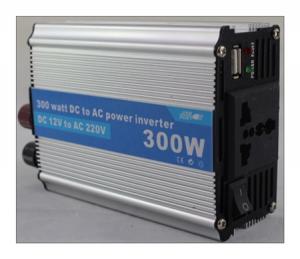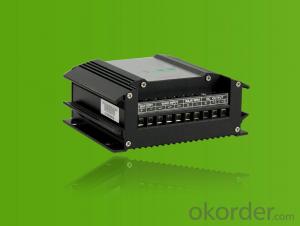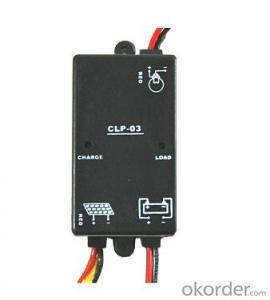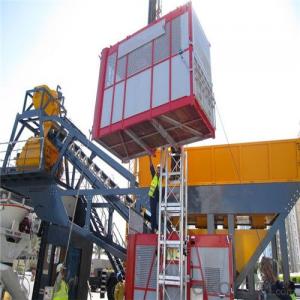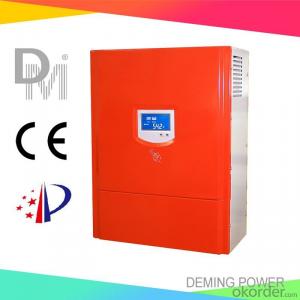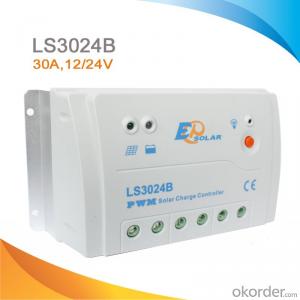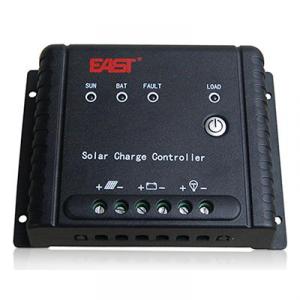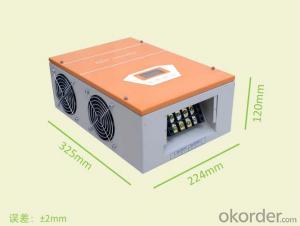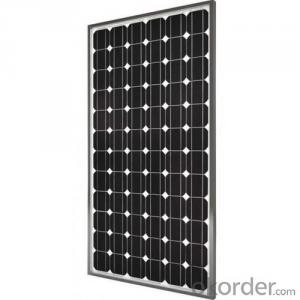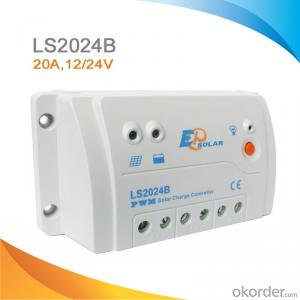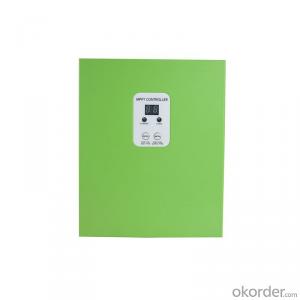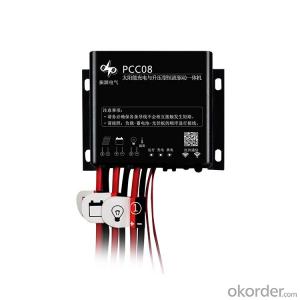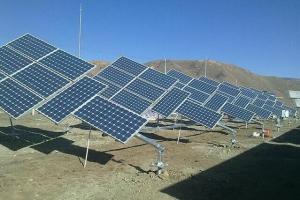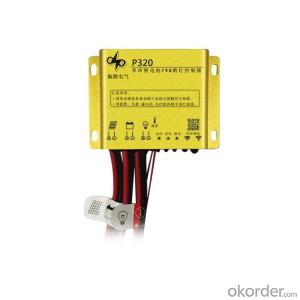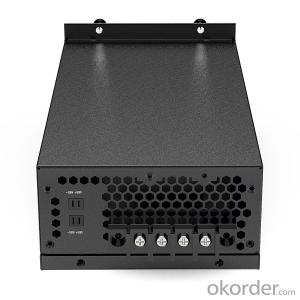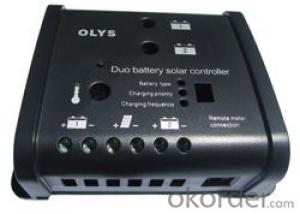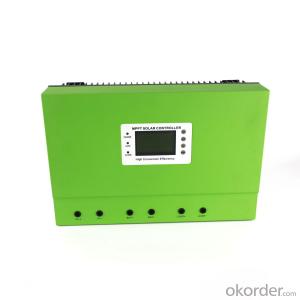Arduino Solar Controller
Arduino Solar Controller Related Searches
Best Inverter Solar Panel Solar Panel On Roof Rack Inverter To Solar Panel Ratio Solar Panel Decking Lights Solar Panel Inverter Box 1000 Watt Solar Panel Inverter 12 Volt Solar Panel Inverter Plastic Solar Lanterns Buy Solar Panel Inverter Solar Panel Inverter CostHot Searches
Solar Hot Water Collectors For Sale 8 Inch Water Pump For Sale Solar Inverter For Split Ac Solar Inverter With Ac Outlet 1 Hp Solar Water Pump Price Jain Solar Water Pump Price Kirloskar Solar Water Pump Price Aluminum Ac Coil Scrap Price China Solar Ac Module Solar Pump Inverter Price Lorentz Solar Water Pumps Price Price Of Water Cooler Evacuated Tube Solar Collectors Price Lorentz Solar Pumps Price Cost Of Evacuated Tube Solar Collectors Buy Hot Water Bag Fish Tank Air Pump Price Aquarium Air Pump Price Air Pump Price Chlorine Dosing Pump PriceArduino Solar Controller Supplier & Manufacturer from China
Okorder.com is a professional Arduino Solar Controller supplier & manufacturer, offers integrated one-stop services including real-time quoting and online cargo tracking. We are funded by CNBM Group, a Fortune 500 enterprise and the largest Arduino Solar Controller firm in China.Hot Products
FAQ
- A solar controller handles communication with other devices through various methods, such as wired connections or wireless protocols. It typically utilizes communication interfaces like RS-485, Ethernet, or Bluetooth to establish a connection and exchange data with compatible devices. The controller may also incorporate proprietary or standard communication protocols, such as Modbus or CAN bus, to facilitate seamless interaction and control between different components in a solar power system.
- A solar controller handles battery state of charge monitoring by continuously measuring the voltage and current flowing into and out of the battery. It uses this data to determine the battery's state of charge and adjusts the charging or discharging process accordingly. Additionally, some advanced solar controllers may employ algorithms or sensors to consider factors like temperature and load demand to provide more accurate monitoring and control of the battery state of charge.
- To avoid overvoltage when using a solar controller, there are several measures you can take: 1. Opt for the appropriate solar controller: Ensure that the solar controller you choose is specifically designed to handle the voltage and current of your solar panels. Different controllers have varying voltage and current ratings, so it is crucial to match them with the specifications of your system. 2. Regularly monitor the voltage: Keep a close eye on the voltage of your solar panels to ensure it remains within the recommended range. Most solar controllers come equipped with a built-in display that shows the voltage, or you can use a voltmeter to directly measure it. If the voltage exceeds the maximum limit, it may lead to overvoltage problems. 3. Install a voltage regulator: In addition to a solar controller, consider incorporating a voltage regulator into your system. This device helps stabilize the voltage output from the solar panels and prevents overvoltage situations. Acting as a protective mechanism, it regulates the voltage to a safe level, ensuring efficient operation without any damage. 4. Implement a bypass diode: Another component you can add to your solar panel system is a bypass diode, which prevents overvoltage. The bypass diode redirects excess voltage around a malfunctioning or shaded panel, safeguarding the entire system from damage. This is particularly beneficial for systems with multiple solar panels connected in series. 5. Ensure proper grounding: It is essential to ensure that your solar panels and solar controller are adequately grounded. Grounding plays a vital role in protecting against voltage surges and lightning strikes, which can lead to overvoltage conditions. By providing a pathway for excess voltage to safely dissipate into the ground, the risk of damage to your system is minimized. Always remember that overvoltage can cause harm to your solar panel system and its components. Therefore, it is crucial to take precautionary measures. Consulting with a professional or an expert in solar energy can also provide valuable insights tailored to your specific system and its requirements.
- Yes, a solar controller can be used with gel batteries. Gel batteries require a specific charging profile, and a solar controller can be programmed or adjusted to match the charging needs of gel batteries. This ensures that the batteries are charged efficiently and safely, maximizing their performance and lifespan.
- A solar controller is designed to handle reverse polarity or incorrect wiring connections in a few different ways. Firstly, most solar controllers have built-in protection mechanisms such as fuses or circuit breakers that prevent damage to the controller and connected solar panels in case of reverse polarity or incorrect wiring. These protection devices help to disconnect the charging circuit and prevent any potential electrical damage. Additionally, many solar controllers have built-in LED indicators or LCD displays to notify the user about any wiring issues. These indicators or displays can show error codes or warning messages when reverse polarity or incorrect wiring connections are detected. This allows the user to quickly identify and rectify the wiring problem before any damage occurs. Furthermore, modern solar controllers may also have built-in safety features like automatic shutdown or overload protection. These features are designed to protect the controller and connected devices by automatically shutting down the charging circuit in case of reverse polarity or excessive current flow due to incorrect wiring. This prevents any potential damage to the solar panels, batteries, or other connected devices. In summary, a solar controller handles reverse polarity or incorrect wiring connections through the use of built-in protection mechanisms, LED indicators or LCD displays for error notification, and safety features like automatic shutdown or overload protection. These features collectively ensure the safe and efficient operation of the solar system by preventing any potential damage or electrical hazards.
- Yes, a solar controller can be used with a solar-powered charging station for electric bikes. A solar controller helps regulate the voltage and current from the solar panels to ensure optimal charging for the electric bikes' batteries. It also protects the batteries from overcharging and damage.
- To establish a connection between a solar controller and a solar-powered water heater, a series of steps must be followed: 1. Identification of the solar controller is the first step. This device regulates the energy flow from the solar panels to the water heater. It is typically situated in close proximity to the solar panels and possesses various input and output terminals. 2. The type of solar controller needs to be determined. There are several options available, including PWM (Pulse Width Modulation) and MPPT (Maximum Power Point Tracking). It is important to ensure that the appropriate controller for your system is obtained. 3. The location of the water heater must be determined. The input and output terminals of the water heater are usually labeled as "inlet" and "outlet". 4. The solar panels need to be connected to the input terminals of the solar controller. The manufacturer's instructions should be followed carefully to ensure proper wiring, and it is essential to ensure that the positive and negative terminals are connected correctly. 5. The outlet terminals of the solar controller should be connected to the inlet terminals of the water heater. Once again, the manufacturer's instructions should be consulted for accurate wiring. 6. Configuration of the solar controller may be necessary based on the specific requirements of your system. This may involve the adjustment of temperature limits, flow rates, or other parameters. 7. The system should be tested after the connections and configuration are complete. This is to verify that the system is functioning correctly. Monitoring the water temperature and flow will indicate whether the solar controller is effectively heating the water. Always remember to consult the user manual or seek professional assistance if any step is unclear or if there are any concerns. It is crucial to prioritize safety precautions when working with electrical components.
- A solar controller handles overvoltage protection by continuously monitoring the voltage level of the solar panel array. If the voltage exceeds a predetermined threshold, the controller activates a protection mechanism, such as diverting the excess energy to a dump load or disconnecting the panels from the system altogether. This safeguards the system from potential damage caused by overvoltage conditions.




